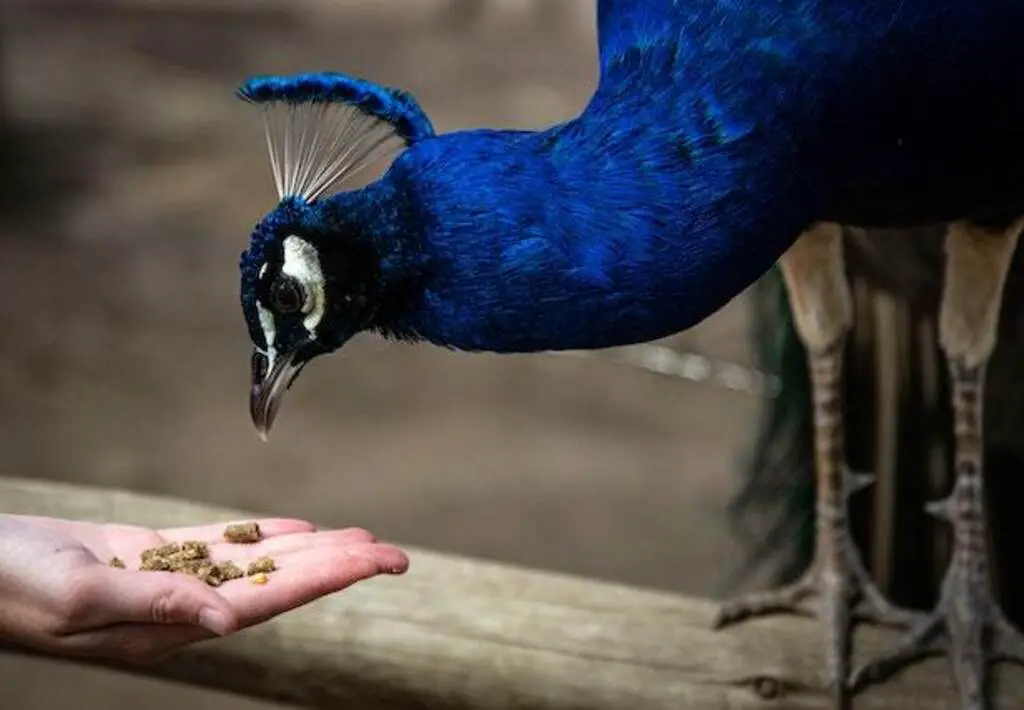Birds are fascinating creatures that come in a wide variety of shapes and sizes. From the tiny hummingbird to the majestic eagle, they are known for their beautiful plumage, melodious songs, and graceful movements.
But let’s address the elephant in the room – do birds bite? It’s a question that has crossed the minds of many, leaving them curious about the potential risks these avian creatures pose to humans.
Well, wonder no more! In this article, we will unravel the truth behind the question, ‘Do birds bite?’ as we explore the factors that influence their behavior, the types of birds that are more prone to biting, and practical tips on preventing and handling bird bites.
Get ready to soar into the captivating world of avian behavior and discover the fascinating answer to this age-old question.
Table of Contents
- 1 Do Birds Bite?
- 2 Understanding Bird Beaks
- 3 Types of Birds That Bite
- 4 Reasons Why Birds Might Bite
- 5 Signs That a Bird Might Bite
- 6 How to Prevent Bird Bites
- 7 Safety Measures When Handling Birds
- 8 What to Do If You Get Bitten by a Bird
- 9 Enjoying Birds Without the Risk of Bites
- 10 Conclusion
- 11 FAQs: Do Birds Bite?
- 11.1 Do birds bite humans?
- 11.2 Are all bird bites dangerous?
- 11.3 Why do birds bite their owners?
- 11.4 Can pet birds be trained not to bite?
- 11.5 Are all bird bites painful?
- 11.6 How can I prevent bird bites?
- 11.7 Are bird bites a sign of aggression?
- 11.8 Can wild birds bite humans?
- 11.9 Are bird bites prone to infection?
- 11.10 What should I do if I get bitten by a bird?
- 12 Author
Do Birds Bite?
Yes, birds can bite. Biting is a natural behavior for birds, and they may do so for a variety of reasons, such as feeling threatened or stressed, protecting their territory, or as a means of communication.
However, most bird bites are not intended to cause harm, and are more of a warning or a method of self-defense.
It is important to understand your bird’s body language and behavior in order to prevent biting and to avoid stressing or scaring them.
If you are unsure why your bird is biting or how to prevent it, it is recommended to consult with a veterinarian or an experienced bird behaviorist.
Understanding Bird Beaks
The beak of a bird serves as a multifunctional tool that allows them to grasp, manipulate, and consume a wide variety of food items. The bird beak anatomy and functions have evolved over time to suit the specific needs of different bird species.
Beak adaptations vary from one bird to another depending on the type of food they consume, their habitat, and hunting techniques.
For instance, the sharp, pointed beaks of raptors like eagles, hawks, and falcons are designed to tear flesh, while the long, slender beaks of hummingbirds are adapted for sipping nectar from flowers.
Bird beak anatomy is also closely related to the bird’s feeding behavior.
For example, the curved bill of a pelican is specially designed for scooping fish from the water, while the spoon-shaped bill of a duck allows it to filter small organisms from the water.
Additionally, some birds have strong, hooked beaks that allow them to crack open hard-shelled nuts and seeds.
Understanding bird beak anatomy and functions can help us appreciate the diverse adaptations that have occurred in different bird species.
It can also help us understand why some birds may be more likely to bite than others.
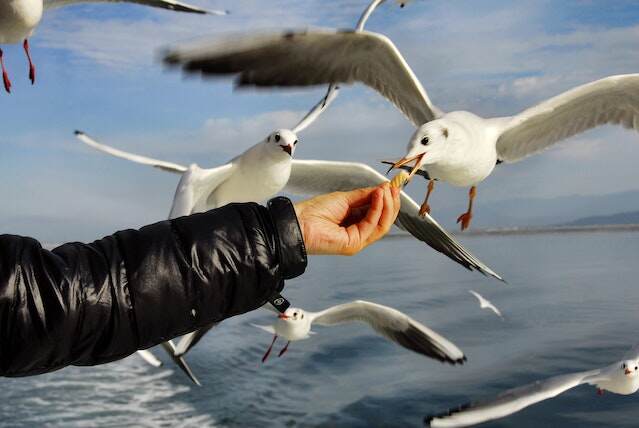
Types of Birds That Bite
Among avian species, certain members have been known to use their sharp beaks as a defense mechanism when threatened or provoked.
Therefore, it is important to know which birds to avoid if you are not comfortable with the risk of being bitten.
Parrots, for instance, are notorious for their biting behavior, especially during their adolescence stage when they are testing boundaries and learning to assert themselves.
Similarly, birds of prey, such as eagles, hawks, and owls, have sharp talons and beaks that can inflict serious injuries if they feel threatened.
Common biting behaviors in birds include nipping, pinching, and latching onto a person’s skin. These behaviors can be quite painful and may lead to bleeding or bruising.
Some birds may even become aggressive towards their owners or strangers for no apparent reason.
To prevent biting, it is important to train birds not to bite from a young age. This can be done by offering positive reinforcement, such as treats and praise, when the bird exhibits good behavior.
Additionally, it is important to understand a bird’s body language and recognize signs of stress or aggression, such as fluffing of feathers or hissing sounds, to avoid triggering a biting response.
Moving on to the next section, understanding the reasons why birds might bite can help you prevent it from happening.
Reasons Why Birds Might Bite
Understanding the causal factors behind avian biting behavior is crucial in preventing harm and promoting safe bird-human interactions.
Bird aggression is one of the common reasons why birds might bite. Birds can become aggressive when they feel threatened or stressed.
This can happen when humans invade their space, especially during breeding or nesting seasons.
Some birds, like parrots, can become territorial and protective of their owners, which can lead to biting behavior towards unfamiliar people.
Territorial behavior is not the only reason why birds might bite. Fear-induced biting is another common cause.
Birds can become afraid of humans due to past trauma or negative experiences. They might also become afraid of sudden movements or loud noises.
Some birds, like raptors, might perceive humans as a threat and feel the need to defend themselves.
Understanding the underlying causes of biting behavior in birds can help prevent harm and promote safe interactions between birds and humans.
Birds can display various warning signs before biting. These signs include fluffed feathers, hissing, screeching, lunging, and vocalizations.
By recognizing these signs, humans can prevent bites by giving the bird space and respecting their boundaries.
In the next section, we will explore how to respond to a bird bite and provide first aid if necessary.
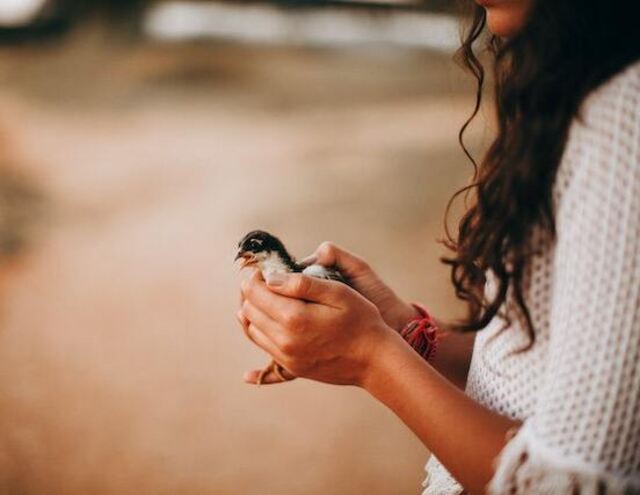
Signs That a Bird Might Bite
Recognizing warning signs is crucial in preventing potentially harmful interactions with avian creatures. Bird body language is an important factor to consider when identifying the possibility of a bite.
Some common signs of aggression or discomfort include fluffed feathers, raised wings, and a stiff body posture.
Additionally, a bird’s beak size should be taken into account, as larger beaks can inflict more damage.
It is important to also consider the bird’s handling techniques, as some birds may become agitated if they are not handled properly.
In order to prevent bird bites, it is important to approach birds with caution and respect their personal space.
Avoid making sudden movements or loud noises that may startle the bird. It is also important to be aware of the bird’s body language and to take cues from the bird’s behavior.
If a bird appears agitated or uncomfortable, it is best to back away and give the bird space.
By understanding the signs that a bird might bite and taking proper precautions, individuals can safely appreciate the beauty of these magnificent creatures.
How to Prevent Bird Bites
Minimizing sudden movements and loud noises, respecting the bird’s personal space, and being mindful of body language are effective ways to avoid potential harm from avian creatures.
Understanding bird behavior is crucial in preventing bites. It is important to note that birds can feel threatened by any sudden movements or loud noises, which can trigger their defensive instincts.
Additionally, birds have personal space, and it is important to respect it. Birds may become aggressive if they feel that their personal space is being invaded.
Training techniques can also be implemented to prevent bird bites. Positive reinforcement training techniques can help birds learn that humans are not a threat, and they are not to be feared.
This can be achieved by offering treats and positive reinforcement when the bird is calm and relaxed around humans. Handling techniques are also important in preventing bird bites.
It is essential to handle birds gently and avoid grabbing them too tightly. Understanding the bird’s body language can help determine when the bird feels comfortable being handled.
Overall, proper training and handling techniques can minimize the risk of bird bites and promote a positive relationship between birds and humans.
While prevention is the best approach to avoid bird bites, it is important to be prepared for potential bites. Safety measures when handling birds can help reduce the severity of a bite and prevent further harm.
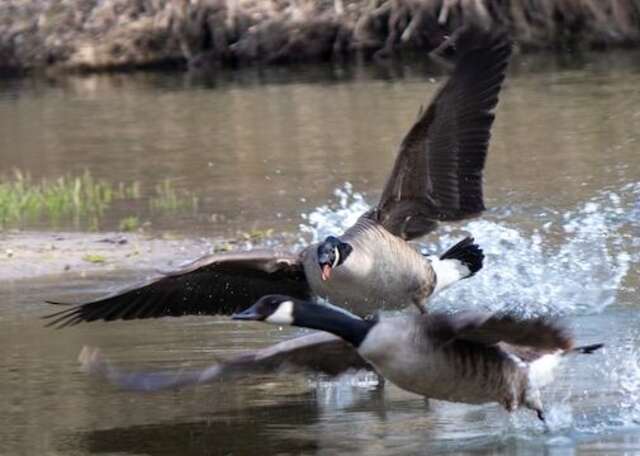
Safety Measures When Handling Birds
Implementing safety measures when handling avian creatures is crucial in preventing potential harm and promoting a safe environment for both humans and animals.
There are several safety measures that individuals can take to ensure they are handling birds correctly and minimizing the risk of injury or illness. These measures include:
- Proper hygiene: It is essential to wash hands thoroughly before and after handling birds to prevent the spread of bacteria and infections. Additionally, it is essential to ensure that the bird’s environment is clean and free of any potential hazards.
- Protective gear: Using appropriate protective gear, such as gloves, goggles, and face shields, can provide an extra layer of protection against bites, scratches, and other injuries.
- Training: Individuals should receive proper training before handling birds. This training should include information about bird behavior, handling techniques, and safety protocols.
- Respect: It is crucial to respect the bird’s personal space and avoid any actions that may cause the bird to feel threatened or stressed.
By implementing these safety measures, individuals can create a safe and healthy environment for both themselves and the birds they handle.
However, accidents can still happen, and it is essential to know what to do in case of a bird bite.
What to Do If You Get Bitten by a Bird
In the event of a bite from an avian creature, appropriate measures should be taken to prevent infection and promote healing.
First aid should be administered immediately after the bite, and this includes washing the affected area with soap and water.
If the bite is deep, bleeding heavily, or showing signs of infection, it is advisable to seek medical attention.
In the case of a minor bite, the wound should be covered with a sterile dressing and an antiseptic solution applied to prevent infection.
Pain relief medication can also be taken to relieve any discomfort.
It is important to note that some birds, especially those in the wild, may carry diseases that can be transmitted through bites.
Therefore, it is crucial to monitor the wound for any signs of infection, such as redness, swelling, and discharge.
If any symptoms occur, it is important to seek medical attention immediately.
With appropriate first aid and monitoring, the wound should heal within a few days.
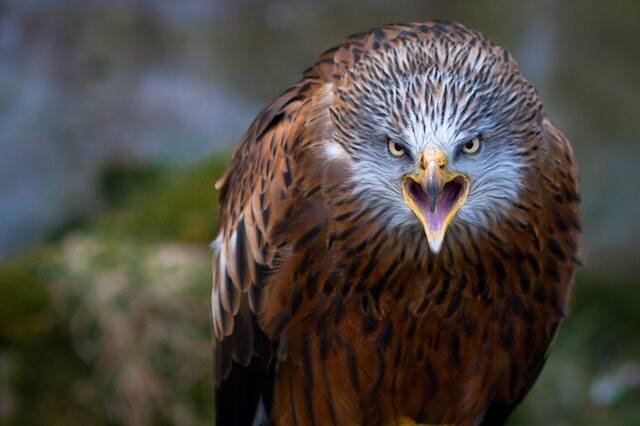
Enjoying Birds Without the Risk of Bites
To safely appreciate the presence and beauty of avian creatures, it is important to take preventative measures that reduce the likelihood of being injured by these animals.
One popular way of bird watching is by feeding birds.
However, it is important to note that some bird species may be more aggressive than others, especially during the breeding season or when protecting their young.
Therefore, it is crucial to research the feeding habits and behaviors of the bird species you want to attract, and to use appropriate feeders that prevent access by squirrels or other animals that may harm the birds or steal their food.
Another way of enjoying birds without the risk of bites is by building birdhouses.
This not only provides a safe and comfortable shelter for birds, but also gives bird watchers the opportunity to observe birds nesting, breeding, and raising their young.
When building birdhouses, it is important to use materials that are safe for birds and that provide adequate ventilation, drainage, and insulation.
It is also important to place the birdhouses in a safe and accessible location, away from predators, traffic, or other hazards.
Finally, it is important to clean the birdhouses regularly to prevent the spread of diseases or parasites.
Conclusion
In conclusion, birds can indeed bite, and the type of bird, its beak, and the circumstances surrounding it can all influence whether or not it is likely to bite.
It is important to understand the birds’ behavior and body language to avoid being bitten.
By taking appropriate safety measures and handling birds with care and respect, it is possible to enjoy their beauty and companionship without the risk of bites.
As the saying goes, ‘prevention is better than cure,’ and this certainly applies to the topic of bird bites.
With proper knowledge and precautions, we can appreciate birds without fear of bites.

FAQs: Do Birds Bite?
Do birds bite humans?
Yes, some birds can bite humans, especially if they feel threatened or stressed. It’s important to understand a bird’s body language and give them space to avoid provoking them.
Are all bird bites dangerous?
Not all bird bites are dangerous, but some species have strong beaks and can cause painful bites. While most bites may not result in serious injury, it’s essential to clean and monitor any wounds to prevent infections.
Why do birds bite their owners?
Birds may bite their owners due to various reasons, such as fear, territorial behavior, or feeling provoked. Understanding their body language and providing a safe and comfortable environment can help minimize biting incidents.
Can pet birds be trained not to bite?
Yes, pet birds can be trained not to bite through positive reinforcement techniques and consistent training. Building trust, establishing boundaries, and providing proper socialization can help prevent and manage biting behavior.
Are all bird bites painful?
Bird bites can vary in intensity and pain level depending on the species and the circumstances. While some bites may be mild and barely noticeable, others can be more painful and may cause injuries.
How can I prevent bird bites?
To prevent bird bites, it’s crucial to understand their behavior, provide appropriate handling techniques, and respect their boundaries. Offering positive reinforcement, creating a safe environment, and avoiding stressful situations can help minimize biting incidents.
Are bird bites a sign of aggression?
Bird bites can be a sign of aggression, fear, or stress. It’s essential to assess the bird’s overall behavior, body language, and the context of the situation to determine the underlying cause of the bite.
Can wild birds bite humans?
Wild birds can bite humans if they feel threatened or cornered. It’s important to give them their space and avoid handling or approaching them. Observing birds from a safe distance and respecting their natural behavior is crucial.
Are bird bites prone to infection?
Bird bites, like any animal bite, can introduce bacteria into the wound and potentially lead to infections. It’s essential to clean bird bites thoroughly with antiseptic and seek medical attention if the wound becomes red, swollen, or shows signs of infection.
What should I do if I get bitten by a bird?
If bitten by a bird, clean the wound with mild soap and warm water, apply an antiseptic, and cover it with a sterile bandage. Monitor the wound for signs of infection and seek medical attention if necessary, especially if the bite is deep or shows signs of complications.

